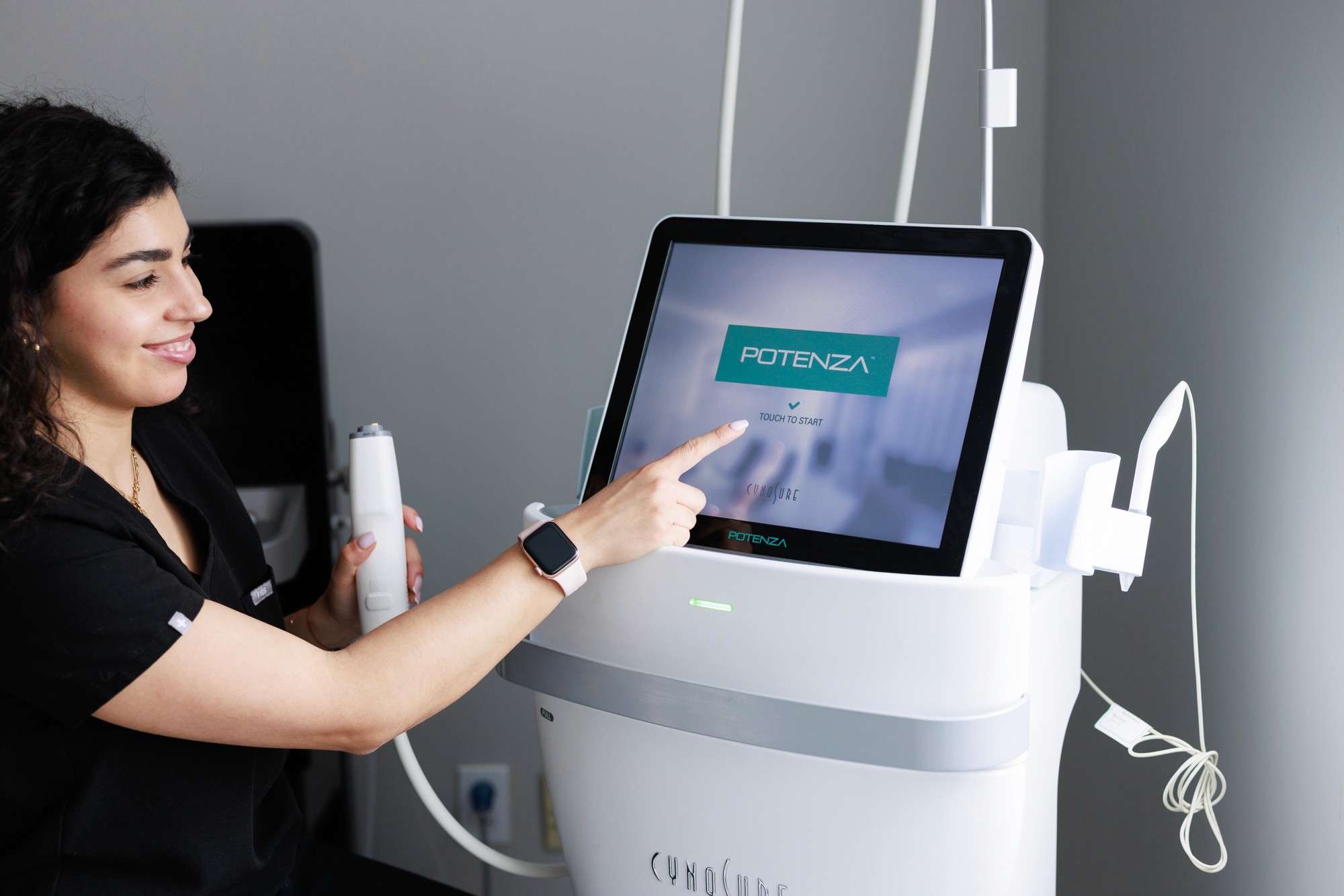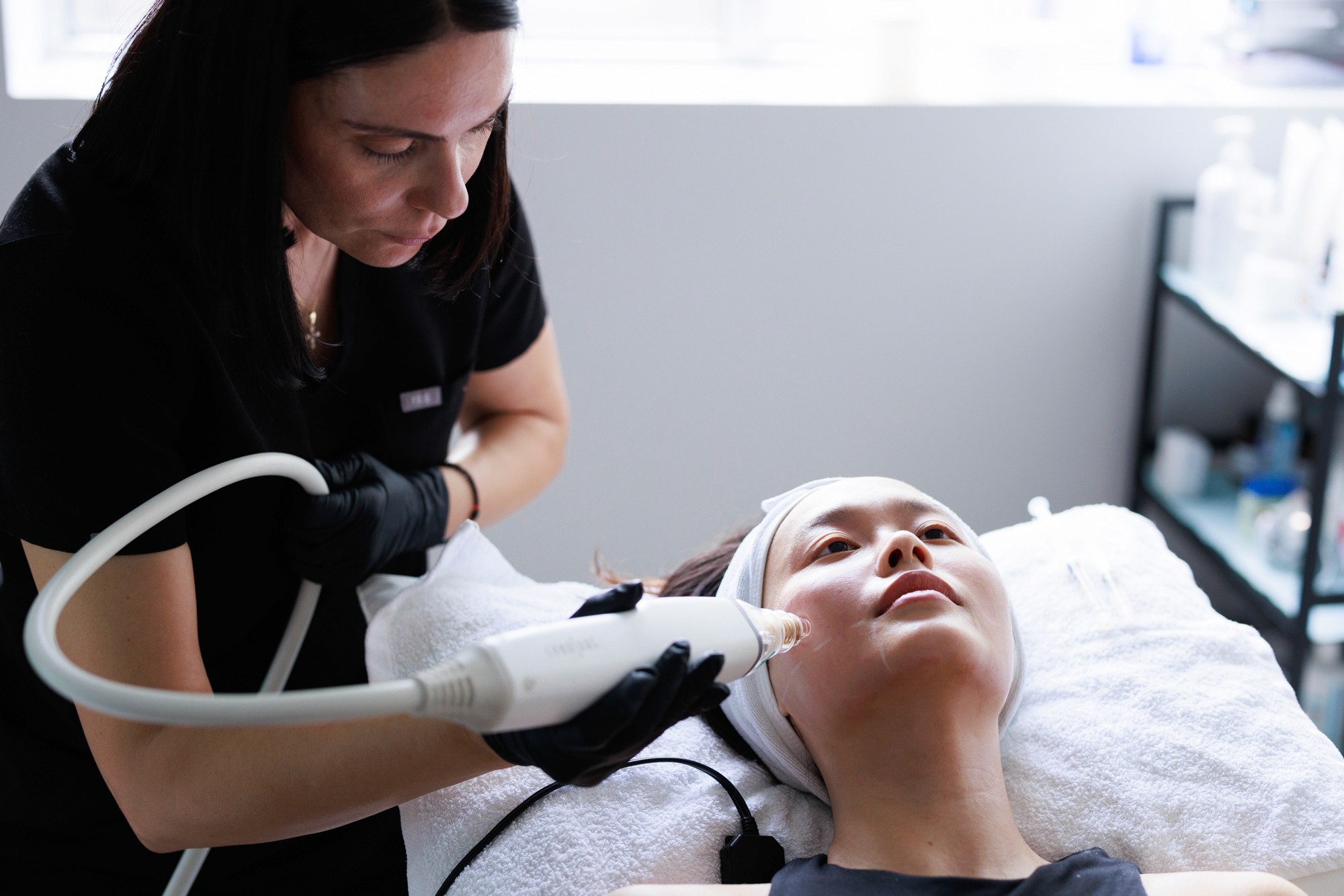
Blog
Articles

Blog
Articles

Blog
Articles
our latest articles
Discover our latest tips and tricks and a wealth of advice from our seasoned team.
more content on instagram
Follow us on Instagram not to miss anything!
Send us a message!
Unsure of the type of treatment? Do you want to make an appointment?

Send us a message!
Unsure of the type of treatment? Do you want to make an appointment?

Send us a message!
Unsure of the type of treatment? Do you want to make an appointment?






